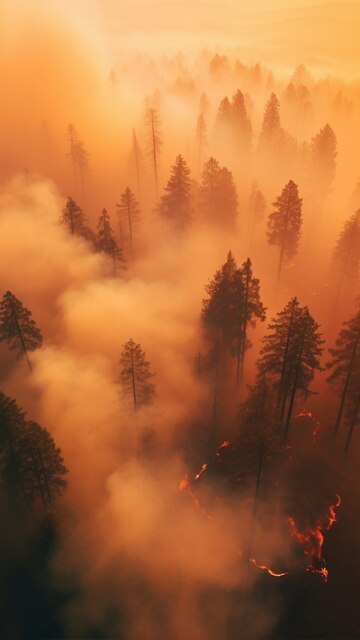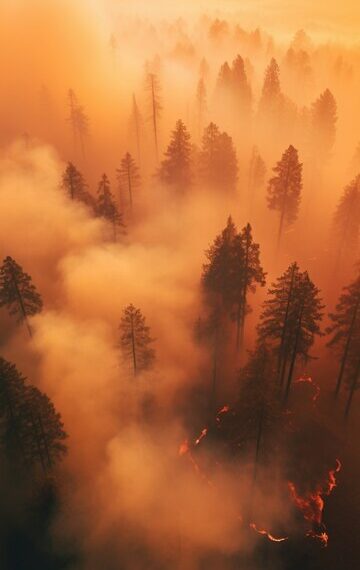The recent wildfires in Los Angeles have been devastating. The Pacific Palisades Fire has been particularly destructive, burning over 26.9 square miles (69.7 square kilometers) and forcing more than 30,000 residents to be evacuated. The fire has destroyed thousands of homes and other structures, and tragically, at least 10 people have lost their lives.
The fires have been fueled by strong winds and dry conditions, making them difficult to control. Emergency services have been working tirelessly to contain the blaze and protect residents.
What is the cause that started the wildfire?

The exact cause of the recent Los Angeles wildfires, including the Pacific Palisades Fire, is still under investigation. However, several factors have contributed to the rapid spread and intensity of the fires:
- Dry Conditions: Southern California has experienced an arid winter, leaving vegetation extremely dry and prone to ignition.
- Strong Winds: The region has been hit by strong Santa Ana winds, which can quickly exacerbate wildfires by spreading flames.
- Possible Causes: Investigators are considering several potential ignition sources, including utility lines, arson, and debris burning. However, no definitive cause has been identified yet.
Impact of the wildfires.
The impact of the Los Angeles wildfires on properties has been severe and widespread. Here are some key points:
- Extensive Damage: The wildfires have destroyed thousands of homes and other structures across Los Angeles County. The Pacific Palisades area, in particular, has been hit hard, with many businesses, cultural landmarks, and homes destroyed.
- Insurance Challenges: The high property damage has put a strain on California’s already troubled home insurance market. Many insurers have stopped issuing policies in high-risk areas, making it difficult for homeowners to obtain coverage. The Fair Access to Insurance Requirements (FAIR) Plan, a last-resort insurance option, may not cover the full replacement cost of lost properties.
- Economic Impact: Initial estimates suggest that insured losses could reach up to $20 billion, potentially making it one of the costliest wildfires in U.S. history. The economic damage, including uninsured losses, could be even higher.
Assistance is provided by the government.
The government has been actively providing assistance to those affected by the Los Angeles wildfires. Here are some key measures being taken:
- Federal Assistance: President Joe Biden approved a Major Disaster Declaration for California, which allows affected residents to access federal funds and resources. FEMA (Federal Emergency Management Agency) is providing financial assistance for essential items like food, water, medication, and temporary housing. FEMA Administrator Deanne Criswell is on the ground in Los Angeles to assess damage and meet with local officials.
- State Support: California Governor Gavin Newsom has declared a state of emergency, which mobilizes state resources and support for affected communities. The California Fire Foundation is also providing financial and emotional assistance to those impacted by the fires.
- Local Resources: Local organizations, such as the American Red Cross and United Way, are offering shelter, food, and other essential services to displaced residents. The Salvation Army is providing emergency relief and long-term recovery assistance.
- Community Efforts: Various nonprofit organizations are coordinating relief efforts and providing direct support to affected families. These organizations are working with local fire agencies and community-based organizations to offer mid- and long-term assistance.



